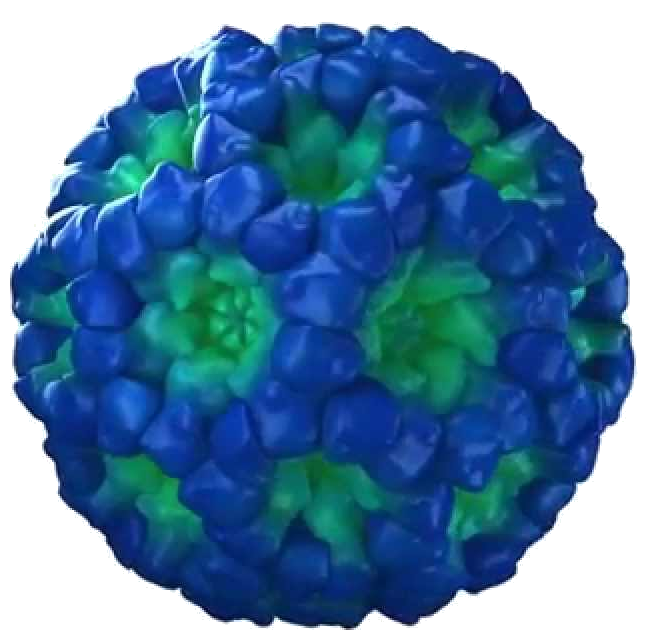
 |
|||||
|
Typing tool
|
On the home page, one or multiple sequences (in FASTA
format) can be pasted, or uploaded from file, into the sequence entry window.
Links to three example sequences are provided as well as links to the reference sequences being used.
The output of the tool provides (dual) genotype information and for a single query sequence a graphical
representation of the mismatches with the reference sequences or, when multiple sequences are submitted,
results are presented in a table. No genotype is assigned to a query if the sequence belongs to another
pathogen and/or if the input sequence is shorter than 100 nucleotides in length.
For assigning capsid genotype, the query must share 90% identity with reference capsid sequences,
and queries from the GII.4 genotype must share 97.5% identity with references for variant typing.
For polymerase typing, sequences from the GI genogroup must share 87% identity with reference
polymerase sequences and those from GII genogroup must share 93% identity with references.
For more information on the typing algorithm see the manuscript for this tool.
GenBank reference sequences used for genotyping can be found in
the Reference sequences tab.
How to use the typing tool
This human calicivirus typing tool is designed to dual type noroviruses (polymerase type and capsid (genotype)) or
genotype sapoviruses based on a relative small ORF1-ORF2
region (norovirus) or a relative small ORF2 region for sapoviruses using up-to-date reference sequences.
Genotypes are assigned following classification criteria based on
complete VP1 amino acids agreed upon by the Norovirus Working Group.
Therefore, this tool cannot be used for full characterization of noroviruses or
sapoviruses. Relevant literature references can be downloaded from the Introduction tab.